Trouble in the Surf: new children's book by local author shares true story of a young Charles Kingsford Smith being saved at Bondi beach in 1907

Did you know that the gentleman responsible for so much in Australian aviation, Charles Kingsford Smith, almost didn't do any of what he achieved as a man due to getting caught in a rip as a youngster?
A few weeks ago a wonderful new book, Trouble in the Surf by Stephanie Owen Reeder with beautiful illustrations by Briony Stewart published by the National Library of Australia arrived in the offices here. Written for children it was tested out on our five year old and she loved it! So much so that it had to be read again and again and again to her.
The Illustrations, which include a tram and explaining what they were, the talking about what a rip is, and even about the days when aeroplanes were rare brought up some great Australian history to speak about and share.
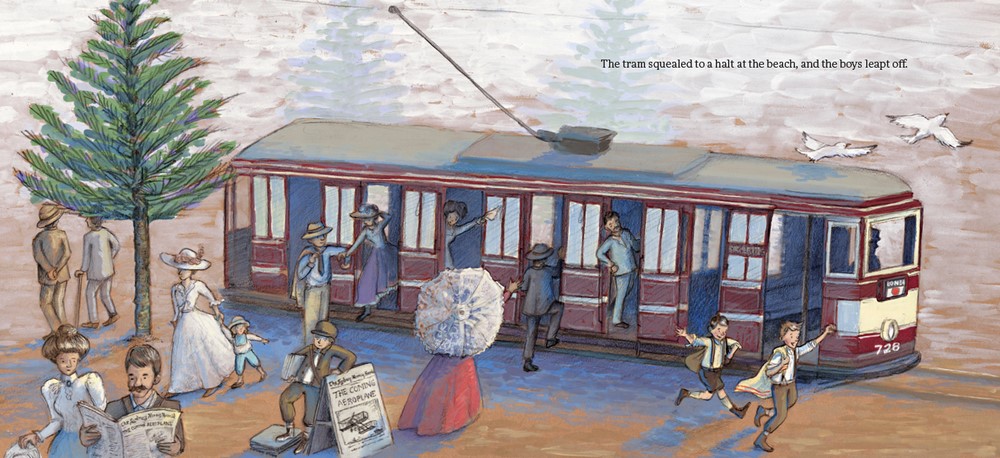


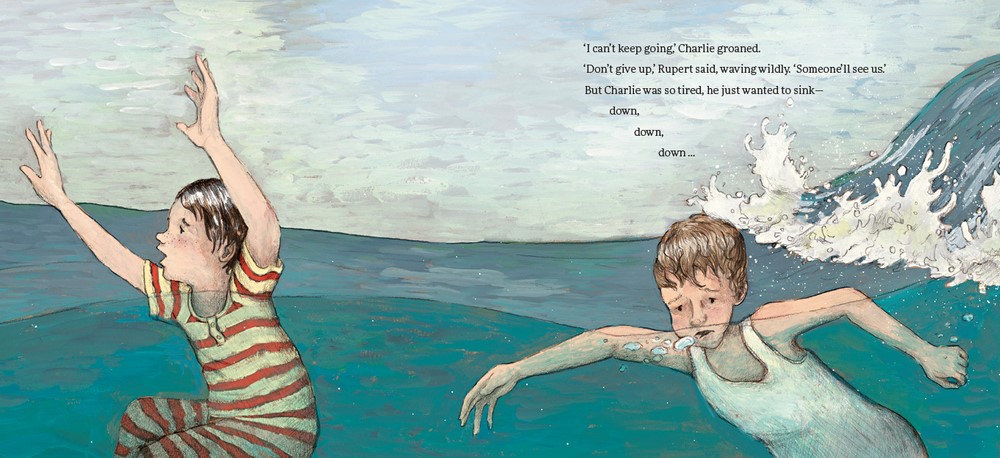
The lavishly illustrated picture book Trouble in the Surf is based on the true story of budding aviator Charles Kingsford Smith and his cousin Rupert Swallow. Aged just nine, the boys headed off to Bondi Beach for a swim on a hot Summer’s day in 1907. What happened when they got caught in the Bondi rip nearly changed the course of Australian aviation history and contributed to the formation of the volunteer lifesaving movement in Australia.
A quick delving into TROVE finds:
ANOTHER SENSATION AT BONDI.
A NARROW ESCAPE OF TWO BOYS.
The surf bathers at Bondi had another exciting experience yesterday afternoon, when two lads, Rupert Swallow, a resident of Darlinghurst and Chas. Smith living at McMahon's Point, narrowly escaped losing their lives.
About 3 o'clock a number of people on the beach noticed that the boys, both of whom were about 9 years old, had been carried out by the undertow, and that they were unable to make any headway towards the beach. The alarm was given, and immediately many willing hands were ready to grasp the lifeline and go to the assistance of the struggling boys. James McLeod, a resident of Park-parade Waverley, and Wm. Burns, of Mill Hill-road, Waverley, succeeded in bringing Swallow into safety; while James McCarthy, of Rowe-street, Darlington and Warwick Wilce, of Croydon, rescued Smith.
When brought to the shore Smith was in a bad way, having lost consciousness, but Nurse Sweeney, of Quirindi, who happened to be on the scene, applied restorative measures, and shortly after both lads were able to return to their homes.
A rumour, which was evidently unfounded, became circulated that during the excitement a man was washed out to sea and drowned. Several people who were on the beach declare that they watched the man floating out, and ultimately saw him sink. Other people, however, denied the truth of the statement, and it was evidently a mistake, because up to a late hour last night the police had been unable to find any clothes, and it would have been impossible for anybody to have gone into the water wearing clothes without being noticed. ANOTHER SENSATION AT BONDI. (1907, January 3). The Sydney Morning Herald (NSW : 1842 - 1954), p. 4. Retrieved from http://nla.gov.au/nla.news-article14797153
NEAR DEATH
'SMITHY RESCUED PLUCKY' NURSE
For Wing-Commander Kingsford-Smith's record flight Australia owes some thanks to Miss Sweeney, a nurse who died 23 year ago.
Miss Sweeney, who belonged to Quirindi, and happened to be at Bondi Beach on January 2, 1907 saw two boys (Charles Kingsford - Smith and his cousin, Rupert Swallow, though she did not know their names) plunge into the surf. There was a strong sea running, and she saw the undertow get Smithy. Events moved quickly. There were no life-savers on the beach. A bystander, Mr. J. McCarthy, of Rose-street, Darlington, though a partial cripple, threw off coat and vest and, donning the lifebelt, plunged after the boy, who had collapsed.
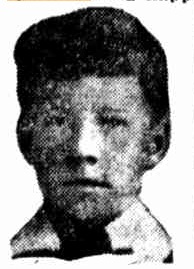
"Smithy" at the time of the rescue.
Mother's Gratitude
He brought "Smithy" ashore, and other swimmers brought Swallow in. Smithy was in a bad way, and Miss Sweeney, although she was then ill, rushed down to him and applied resuscitation methods. Everyone thought It was all over, but Miss Sweeney worked stubbornly on, and — well, her patient lived to fly from Croydon to Mascot in 13 days. Seven weeks later Miss Sweeney died, but not before young "Smithy" had given her an album, and his mother had expressed her eternal gratitude. NEAR DEATH (1930, October 26). The Sun (Sydney, NSW : 1910 - 1954), p. 5. Retrieved from http://nla.gov.au/nla.news-article224237285
As seen above, Nurse Sweeney passed away in February 1907. Prior to that she had been a Nurse and Matron at her own hospital in Quirindi where babies were born. The people of her home town and the district around this were upset when she succumbed to an illness - Nurses often travelled to homes when babies were going to be born in those days as their mums, sometimes on farms far from any town or hospital, would have their babies at home:
OBITUARY.
NURSE SADIE SWEENEY.
It is with feelings of the deepest regret that we are compelled to report the somewhat sudden death of Nurse Sadie Sweeney, who for nearly two years past has been the principal Matron of her Private Hospital in Allnutt street. The deceased, who was about 33 years of age, left here about six weeks ago for the metropolis, intending to enjoy a well earned rest. While on the Bondi beach one day she rescued a boy from drowning, and for which she received a token from the parents. It is thought she received a chill about that time. She entered a private hospital, but receiving no material benefit, left it. Shortly afterwards she was advised to enter Nurse Bradley's Lister Hospital, and two operations were successfully performed, but Miss Sweeney sank after the second operation, although three leading medical men were called in. Everything that skill could suggest was tried, but all to no avail, and she passed peacefully away on Friday last. The remains were interred in the Waverley cemetery on Saturday afternoon Inst, in the presence of a large number of relatives and friends, with whom the deceased was acquainted. We tender our sincere sympathy to the aged father and loving sisters, who are feeling just now especially the sad bereavement most keenly. OBITUARY. (1907, February 26). Quirindi Herald and District News (NSW : 1906 - 1907; 1913 - 1923), p. 4. Retrieved from http://nla.gov.au/nla.news-article234149116
Obituary.
The people of this town and district were surprised and deeply grieved to hear of the death of Nurse Sadie Sweeney, who died in Sydney last week, and was interred in the Waverley Cemetery on Saturday last. Some time ago this lady established a Maternity Hospital in Quirindi, and had made it by her skill and attention, a recognised local institution of great worth. We understand she went under an operation in a Sydney Hospital, and succumbed from the effects. —Quirindi Gazette. [Nurse Sweeney is known to many in Manilla, and is sister to Mr. Jas. Sweeney]. Obituary. (1907, March 2). Manilla Express (NSW : 1899 - 1954), p. 4. Retrieved from http://nla.gov.au/nla.news-article194587426
Nurse Sweeney's Maternity Hospital (where babies are born) opened in September 1905. Here is a little story about that building and who built it:
ADVANCE QUIRINDI.
A REPORTER from this office paid a visit to the new Private Hospital for ladies, erected for Nurse Sweeney, of Allnutt-street. It is a comfortable five-roomed residence, erected by the Messrs. Harrison Brothers, builders and carpenters, and is a good advertisement to their workmanship. The plumbing tanks, etc., were erected by Mr. Will Saunders, and the brickwork by Mr. Wheatly, and reflect very great credit on those gentleman. The parlour is a spacious apartment 24 by 14ft, and is well ventilated and furnished. On the eastern side of that room are two others, furnished for patients ; at the rear of the reception room, is the dining-room, and kitchen, both of which are spacious and well ventilated. Water from the tanks outside is also laid on inside, so that there need be no running out-side-for water. A verandah covers the front and western sides of the building, and also on the back portion.
Every-thing looks neat and clean, and is a credit to Nurse Sweeney and her sister, both of whom are actively engaged in nursing sick patients. The new building is quite an attraction to Allnutt street, and although there is a good deal of finishing work yet to be done, commands attention from all who happen to pass that way.
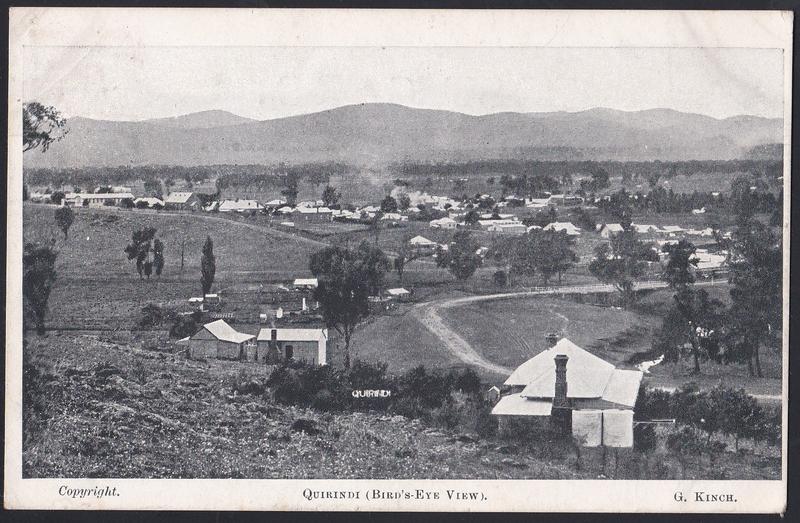
Nurse Sweeney who holds a certificate from St, Margaret's Hospital and other institutions found it imperative to provide suitable accommodation for her many patrons, hence the erection of the edifice in question. A quiet home, with skilful nursing away from the noise of the railway traffic, and yet easily accessible to town, has been provided by Nurse Sweeney. The fees for nursing are very reasonable. We trust the Private Hospital will not only be a source of gain for those who provided it but also for those who may require the nursing and comforts of such an institution. Our readers will notice that Miss Sweeney has a couple of advertisements in this paper, and some particulars may be seen therein, but those who are really interested may obtain all necessary information from Nurse S. Sweeney. ADVANCE QUIRINDI. (1906, February 6). Quirindi Herald and District News (NSW : 1906 - 1907; 1913 - 1923), p. 3. Retrieved from http://nla.gov.au/nla.news-article234146000
So it was very lucky for Charles, and for Australia really, that Nurse Sweeney was on the beach that day and knew how to do resuscitation. Being able to do this, and rescue people, swimming out and pulling them out of the water, is still something all life savers have to be able to do, even if the equipment has changed a little nowadays. We no longer use a 'line and reel', we use rescue tubes and rescue boards and IRB's.
Her and the others helping the boys in January 1907 prompted those at Bondi to form the Bondi Surf Bathers Club shortly afterwards - there's a newspaper item about that below if you're interested, and this is what an old 'line and reel' looked like:
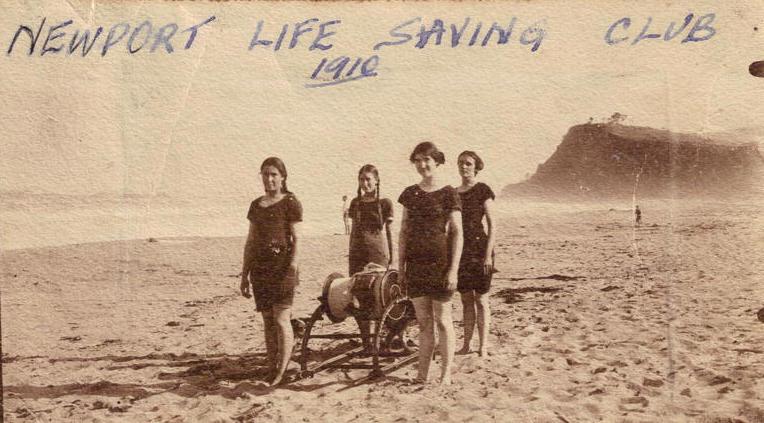
Early Newport SLSC Members with a Line and Reel on Newport Beach in 1910
Author Stephanie saw the finished Trouble in the Surf last month too and said, "My picture book Trouble in the Surf is finally a real book!
Big thanks to the marvellous team at NLA Publishing, editor extraordinaire Irma Gold, and super-talented illustrator Briony Stewart."
"The story of how nine-year-old Charles Kingsford Smith and his cousin Rupert Swallow got caught in the rip and nearly drowned at Bondi Beach in 1907 is close to my heart, as my dad was a lifesaver, my parents met on the beach in front of the North Steyne Surf Life Saving Club in Manly, and my grandfather owned a set of drums signed by Charles Kingsford Smith. Love family connections to historical events!" - Dr Stephanie Owen Reeder
"Briony's illustrations are stunning, especially the divine seagull endpapers. Trouble in the Surf is available from 1 October, so pre-order now at: https://bookshop.nla.gov.au/book/trouble-in-the-surf.do. "
There are other local links with Charles Kingsford Smith; his brother Wilfrid had a house at Taylor's Point and two of the gentleman who flew with him, Sir Patrick Gordon Taylor, lived at Bayview while George 'Scotty' Allan had a home at Palm Beach.
Trouble in the Surf will be loved by youngsters - and read over and over and over!


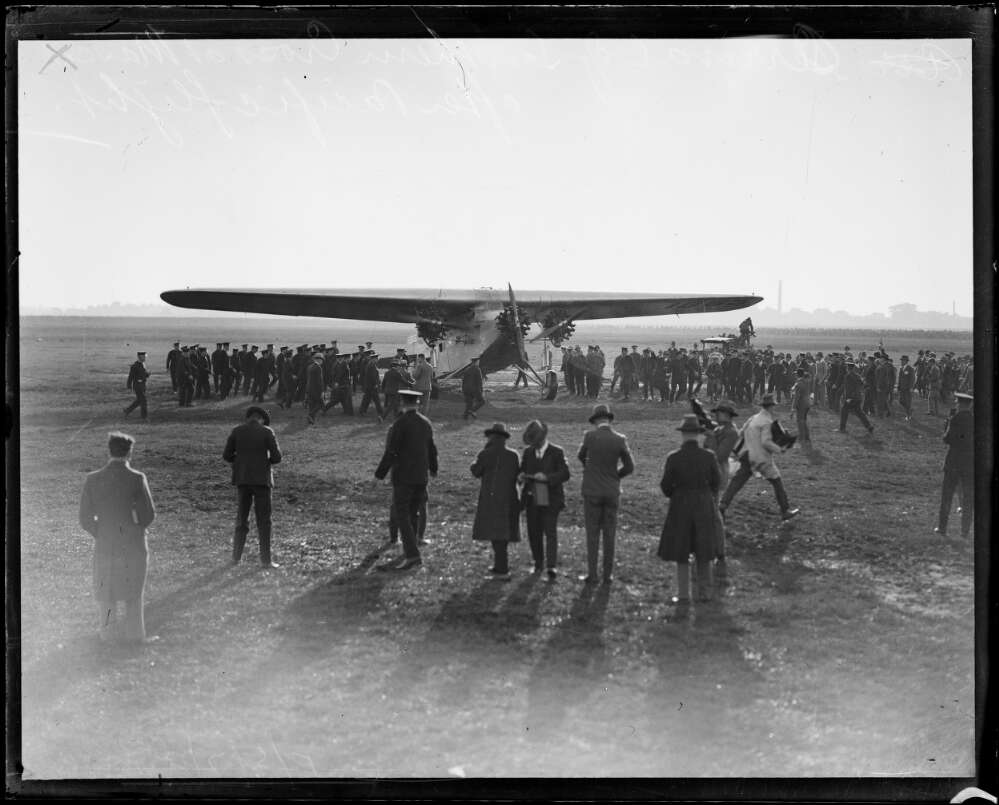
(1928). Reporters watching Clive Chateau running towards The Southern Cross plane and police cordon, Mascot Aerodrome, Sydney, 10 June 1928 Retrieved from http://nla.gov.au/nla.obj-147722310
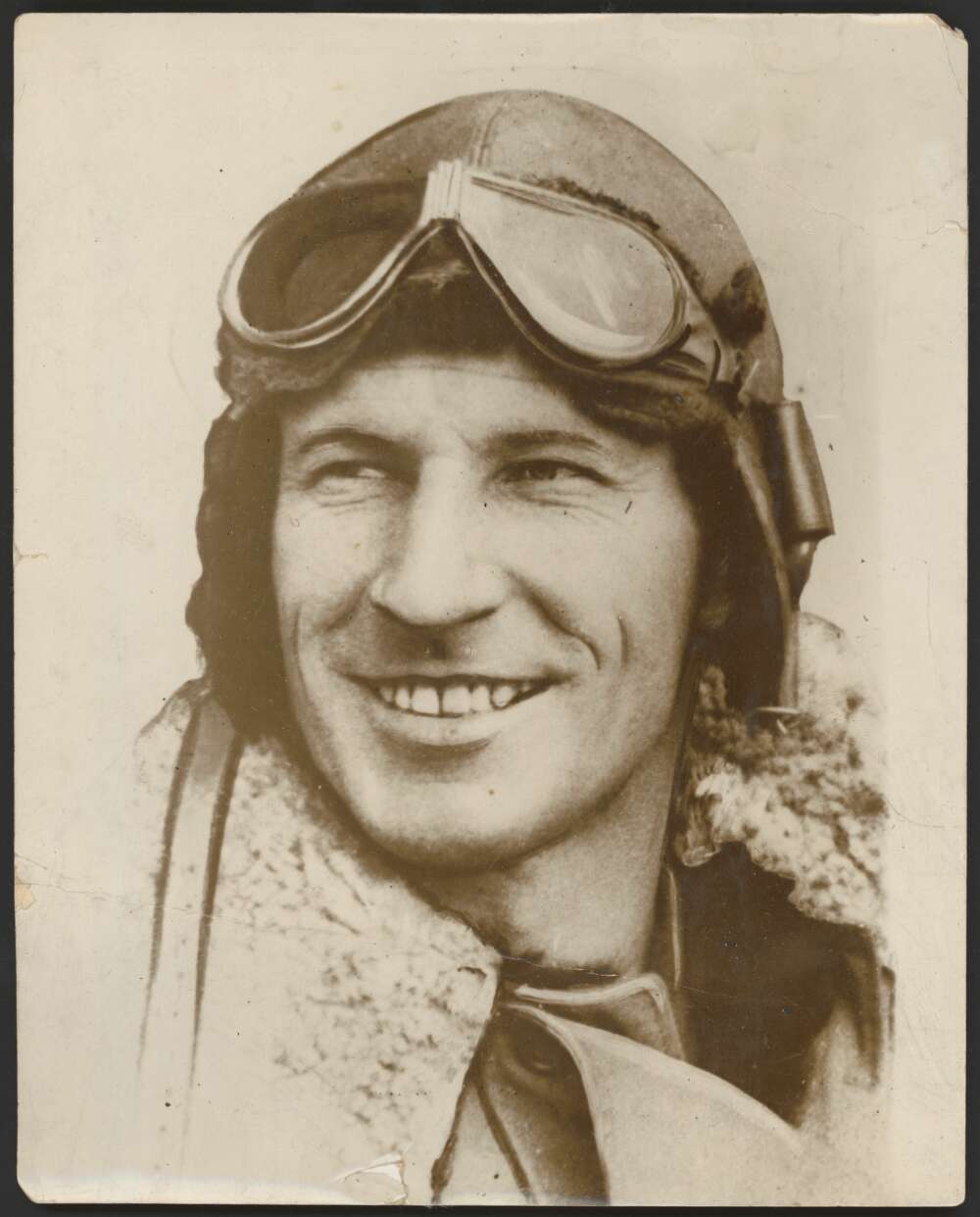
Keystone View Company. (1930). [Charles Kingsford-Smith] Retrieved from http://nla.gov.au/nla.obj-137039028
Trouble In The Surf
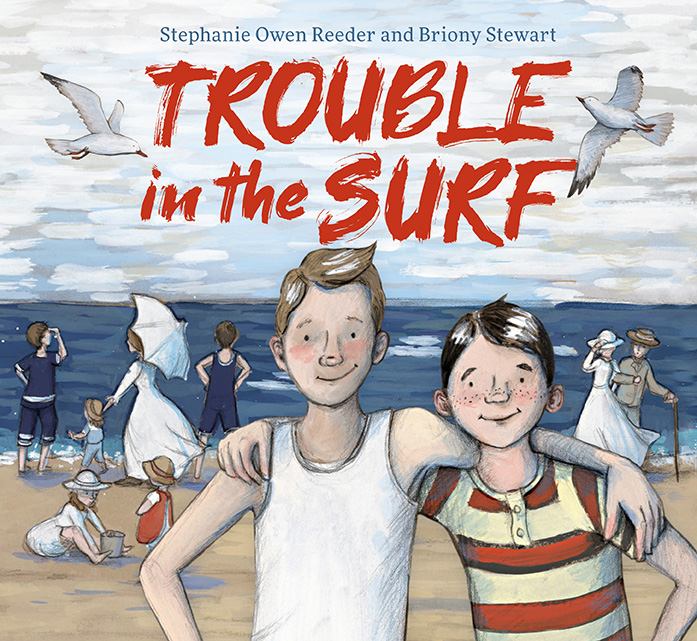

a little about Stephanie Owen Reeder
Dr Stephanie Owen Reeder is an author, illustrator, editor and reviewer who specialises in books for children. She grew up on the northern beaches of Sydney, where she developed an abiding love for the Australian landscape, its bush and its coast. After completing studies in history and languages at the University of Sydney, Stephanie worked as a secondary school teacher. In the late 1970s, after the birth of her twins, Stephanie moved to Canberra, where she studied librarianship and did a masters degree in education, and then worked as a Hansard editor at Federal Parliament for 25 years.
During that time, she pursued her love of literature and art, working as a part-time university teacher, editor, author and reviewer in the field of children’s literature. She studied fine art and illustration at the Australian National University and completed a PhD in visual literacy at the University of Canberra. She also wrote the children’s picture book The Flaming Witch (1997) and co-edited The Inside Story: Creating Children′s Books (1987, with Belle Alderman).
Stephanie won the Manning Clark Footnotes to History Essay Competition in 2002, and she is an award-winning reviewer who reviews for both The Australian Book Review and The Canberra Times. She is the author of more than ten books for children, including: Lost! A True Tale from the Bush, which was shortlisted in the Children's Book Council of Australia's Book of the Year Awards 2010; I've Got a Feeling!, which in 2011 gained international recognition as an IBBY Outstanding Book for Young People with Disabilities; Amazing Grace: An Adventure at Sea, which was shortlisted for the Young People's History Prize in the New South Wales Premier's History Awards in 2012; and Lennie the Legend: Solo to Sydney by Pony, judged the best information book for children by the CBCA in 2016. She also writes and edits books for adults.
Stephanie is passionate about literature, children's picture books, Australian history and her family—including three young grandchildren who provide ongoing inspiration for her books.
Website: www.stephanieowenreeder.com/

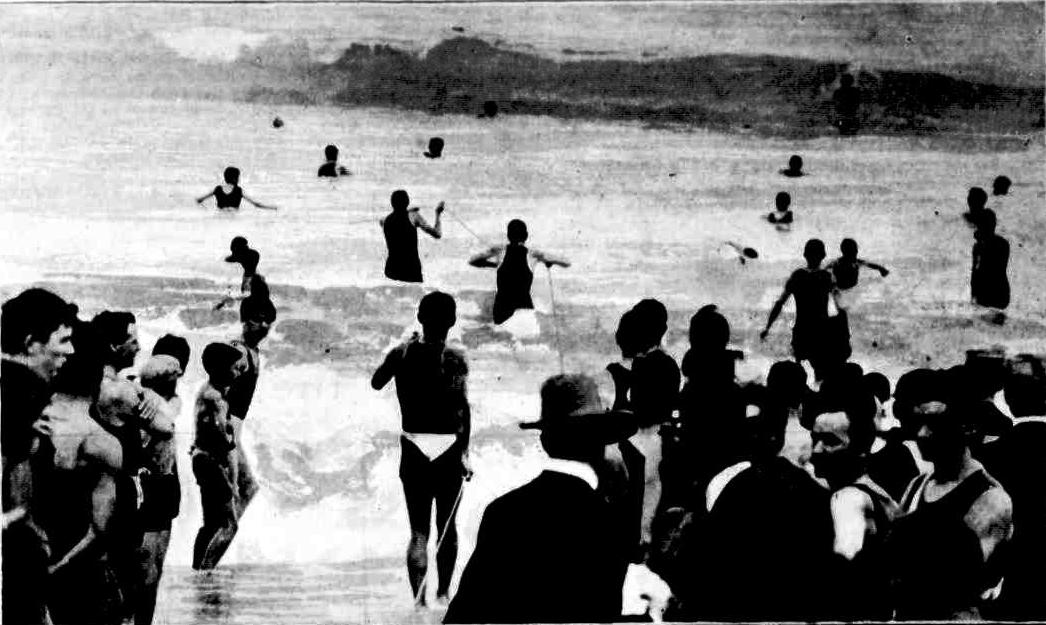
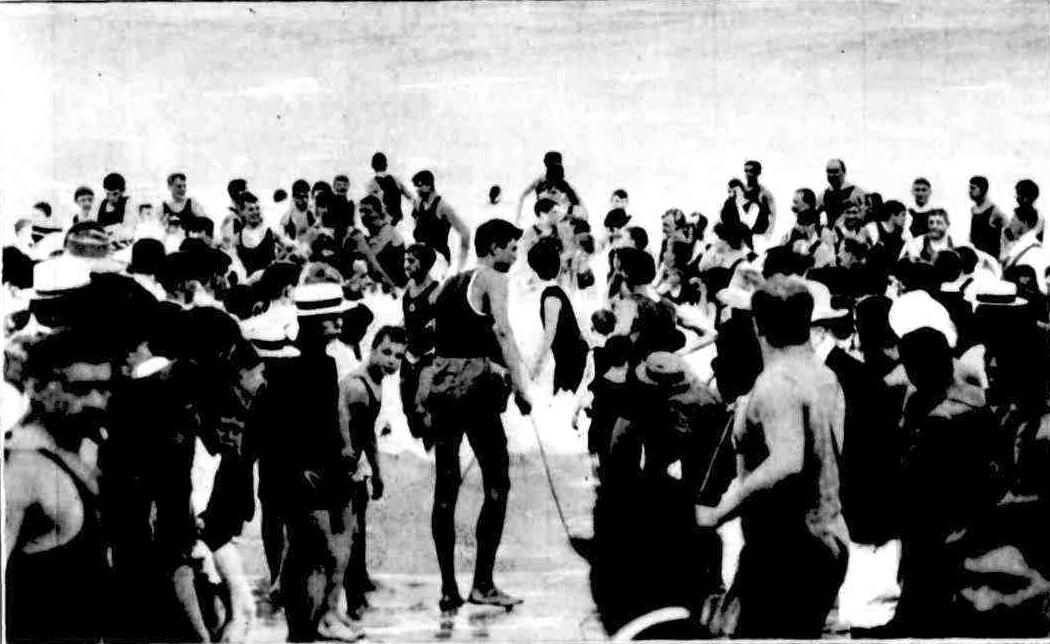
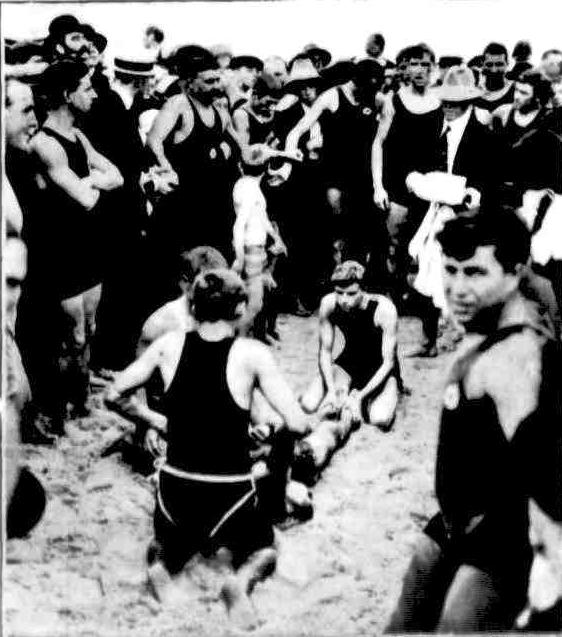
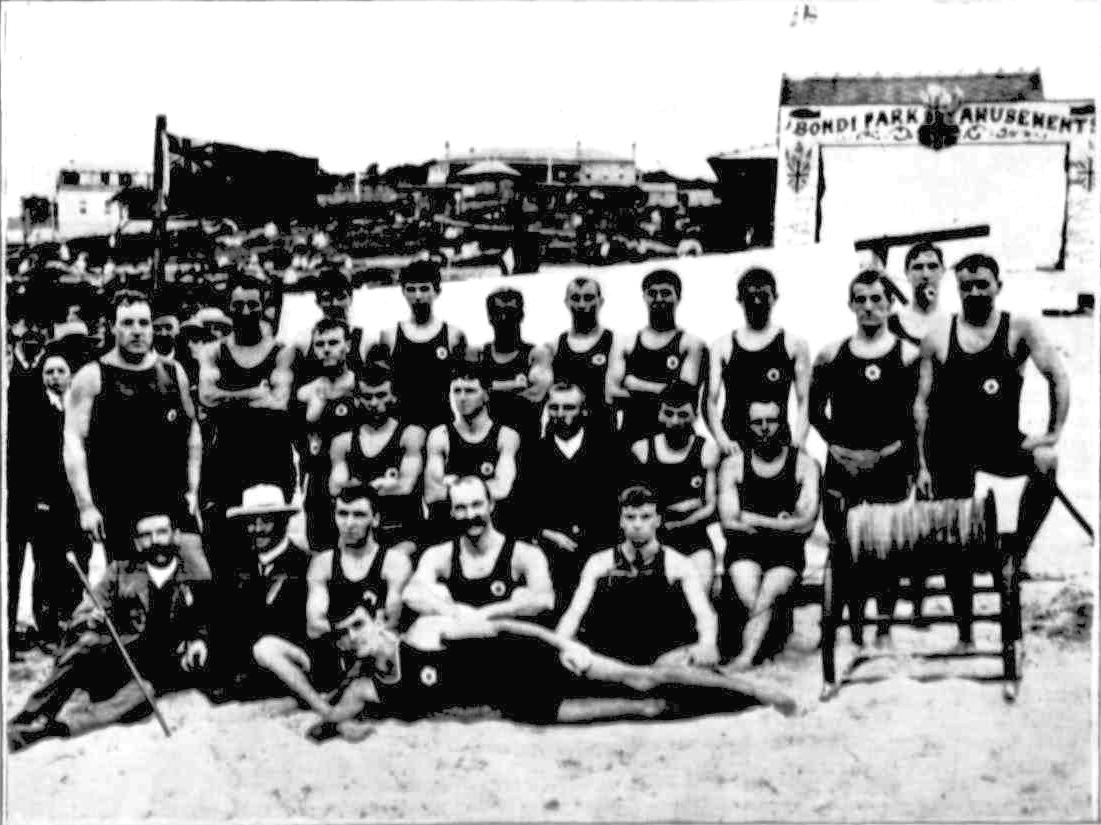
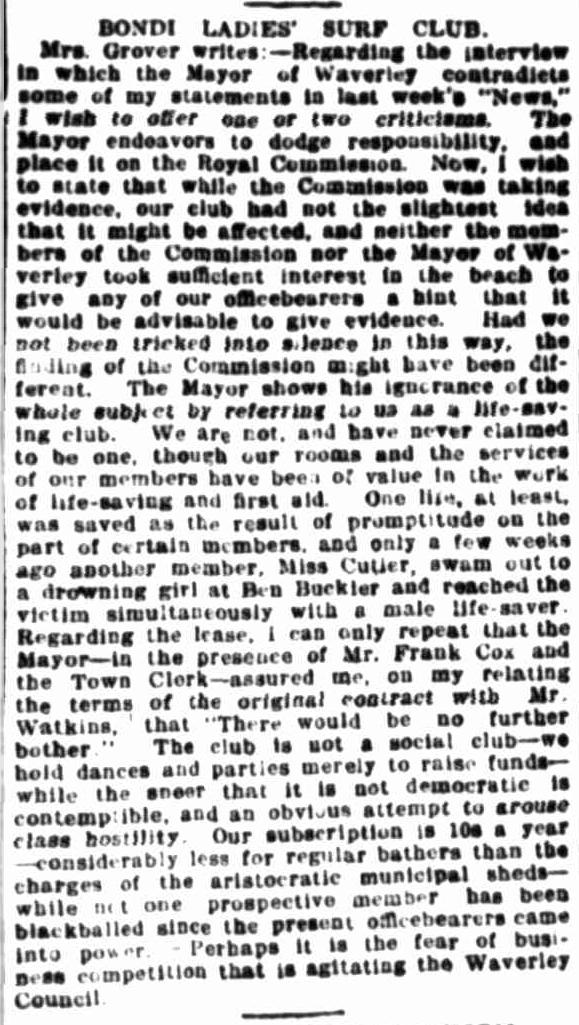

Bondi and Manly: .'Surf Bathing in Skirts', The Sydney Mail, 23 October 1907, p1074